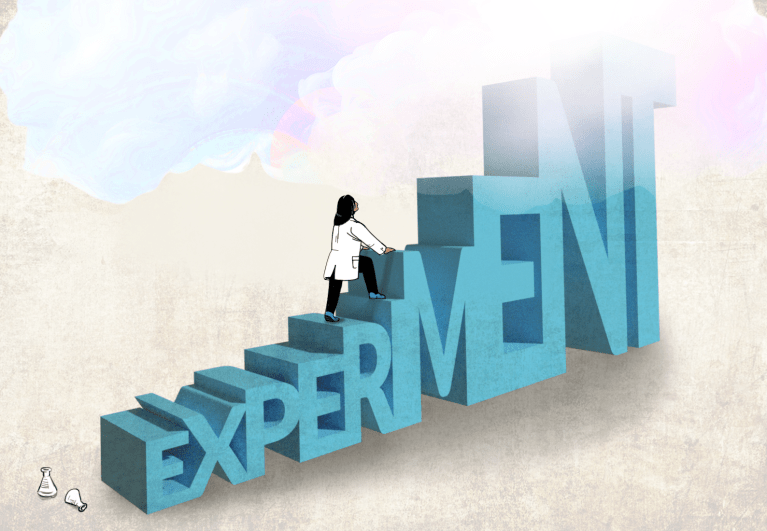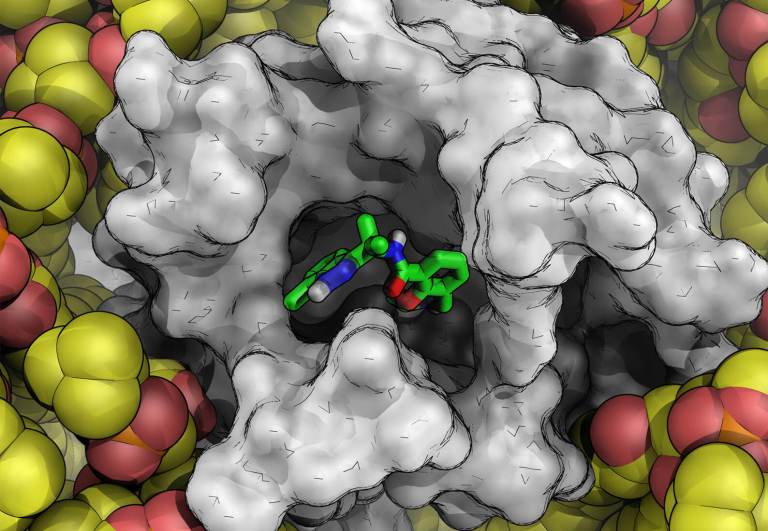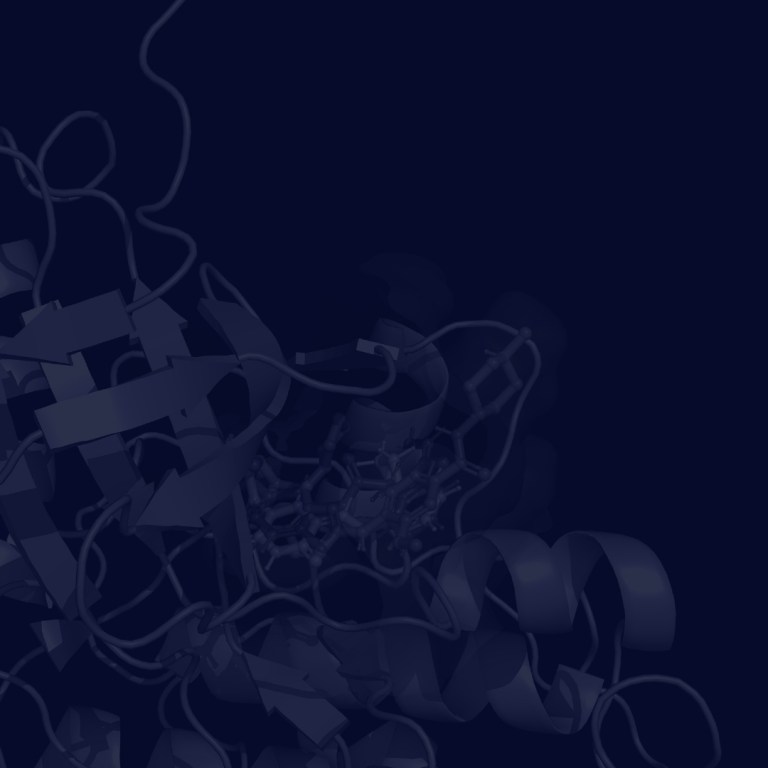 Webinar
Life Science
Webinar
Life Science
- Oct 8, 2025
Structure-based discovery of highly potent dihydroorotate dehydrogenase inhibitors for once-monthly malaria chemoprevention
In this webinar, Zhe Nie, medicinal chemist and project leader at Schrödinger, and Margaret Phillips, professor at UT Southwestern Medical School, Dallas, will be in conversation sharing how their teams worked collaboratively towards the discovery of novel DHODH inhibitors.
 Webinar
Life Science
Webinar
Life Science
- Sep 24, 2025
Schrödinger デジタル創薬セミナー: Into the Clinic ~計算化学がもたらす創薬プロセスの変貌~ 第19回
Computational strategies for discovering and optimizing RNA- and DNA-targeting molecules
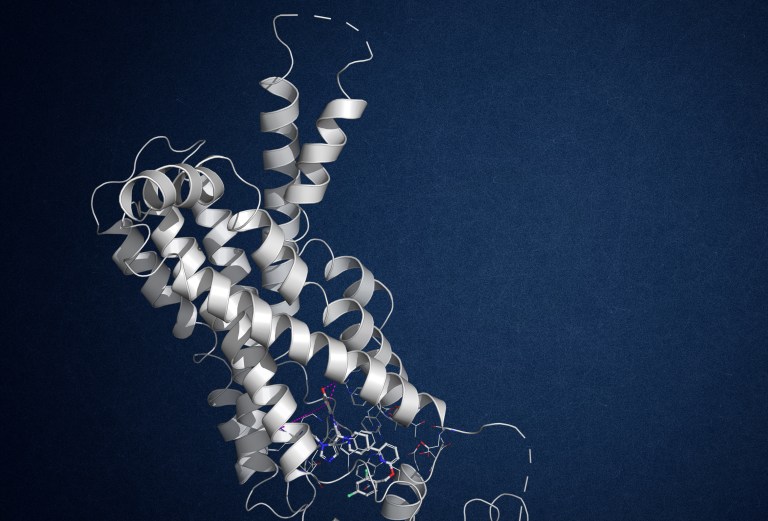 Webinar
Life Science
Webinar
Life Science
- Sep 23, 2025
Building stable and accurate FEP models for agonist affinity for GPCRs
In this webinar, Ferran Planas will discuss how the team at Lundbeck routinely uses FEP to predict binding affinities for GPCR agonists.
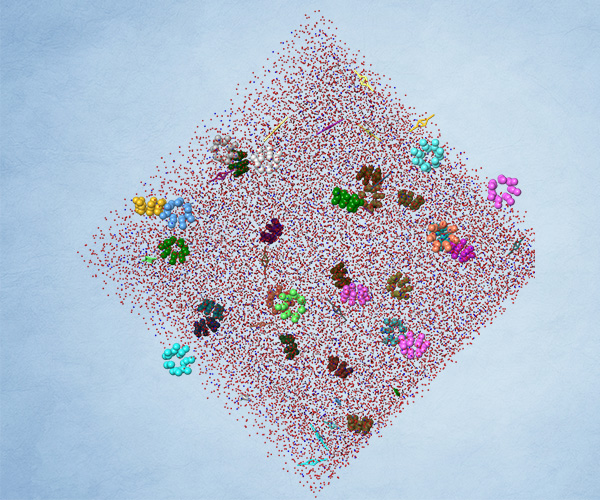 Webinar
Life Science
Materials Science
Webinar
Life Science
Materials Science
- Sep 16, 2025
Innovations in Digital Chemistry: Computational Approaches for Drug & Materials Discovery
This webinar series will explore how cutting-edge computational methods are revolutionizing the design and optimization of pharmaceutical drugs, biologics , and advanced materials.
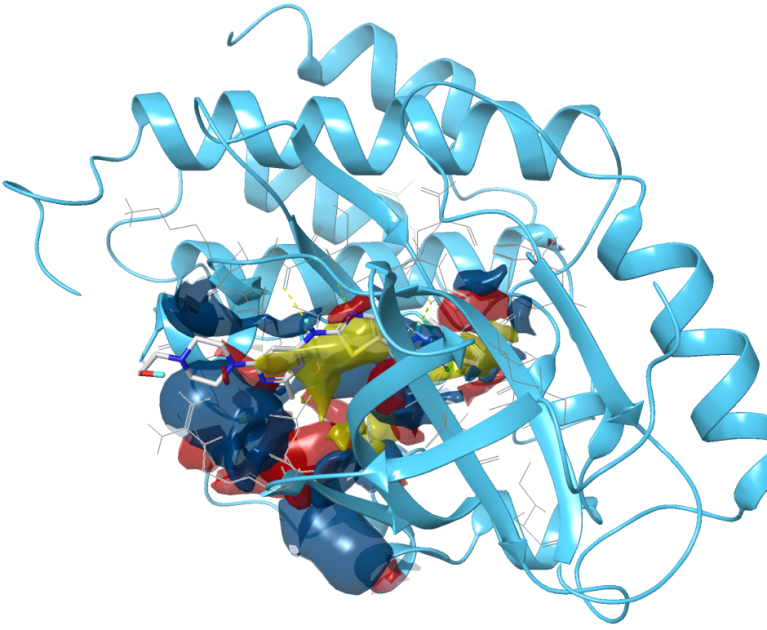 Webinar
Life Science
Webinar
Life Science
- Jul 30, 2025
In silico cryptic binding site detection and prioritization
In this webinar, we will introduce a novel computational workflow that integrates mixed solvent molecular dynamics (MxMD) with SiteMap to reveal and identify cryptic binding sites.
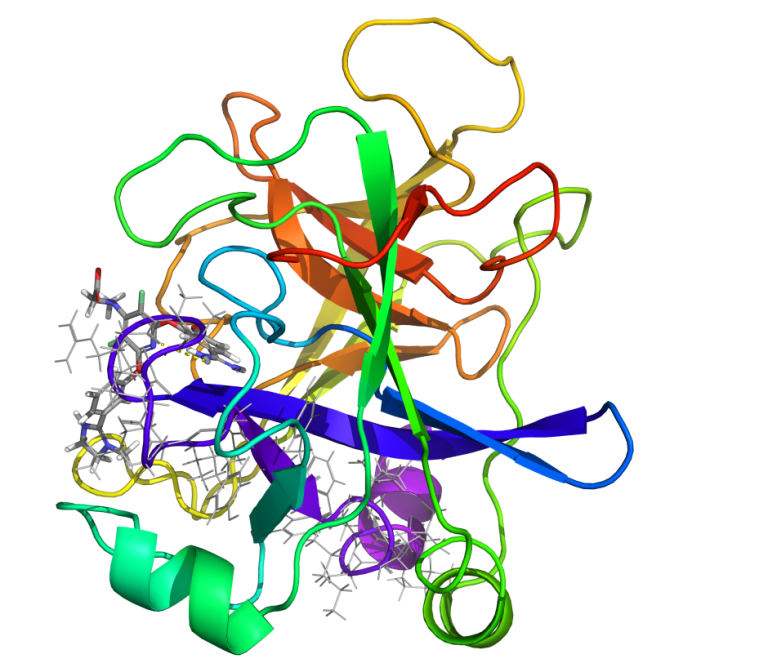 Webinar
Life Science
Webinar
Life Science
- Jul 16, 2025
Schrödinger デジタル創薬セミナー: Into the Clinic ~計算化学がもたらす創薬プロセスの変貌~ 第18回
Enabling cryoEM structures for drug discovery with the Schrödinger Suite
 Webinar
Life Science
Webinar
Life Science
- Jun 25, 2025
How to find a druggable target: A computational perspective
Join us in this beginner-friendly webinar that will introduce you to strategies and best-in-class tools for identifying druggable, technology-enabled targets.
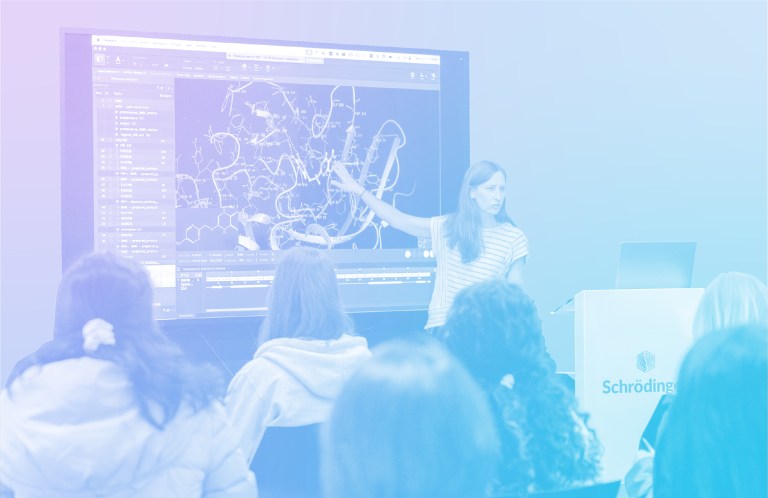 Webinar
Life Science
Webinar
Life Science
- Jun 24, 2025
Educator’s Month: Visualizing atomic and molecular orbitals and calculations exploring protonation of nitrogen versus oxygen
A computational activity exploring the thermodynamics of protonation of nitrogen versus oxygen will also be presented.
 Webinar
Life Science
Webinar
Life Science
- Jun 11, 2025
Educator’s Month: Targeted Protein Degradation Goes to School: From Bench to Browser with DEGRADATOR
In this talk, I will take you behind the scenes of DEGRADATOR (https://degradator-game.com), the first educational computer game designed to teach students about the ubiquitin-proteasome system and innovative targeted protein degradation therapies, such as PROTACs.
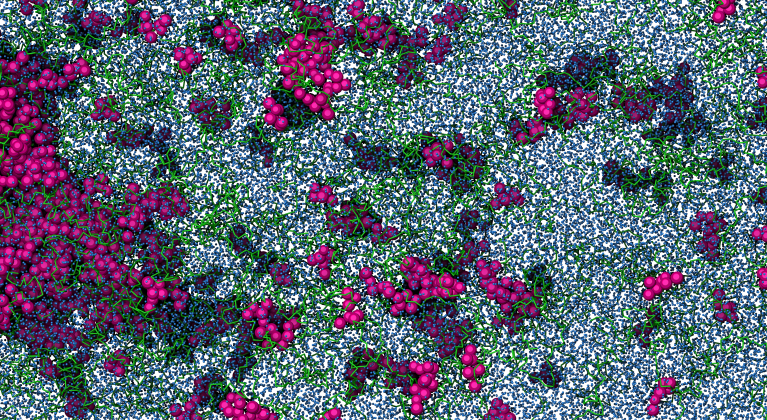 Webinar
Life Science
Materials Science
Webinar
Life Science
Materials Science
- Jun 10, 2025
Modelling amorphous solid dispersion (ASD) release mechanisms
In this webinar, AbbVie and Schrödinger will present the results of a study using a combination of Perturbed-Chain Statistical Associating Fluid Theory (PC-SAFT) thermodynamic modeling and molecular simulation to investigate the release mechanism and the occurrence LoR of an ASD formulation.
 Webinar
Life Science
Webinar
Life Science
- Jun 9, 2025
Educator’s Month: Drug discovery in the classroom
In this webinar, we’ll discuss the growing significance of in silico protein-ligand docking underscores its importance as a requisite skill for graduating biochemists.
 Webinar
Life Science
Webinar
Life Science
- Jun 5, 2025
Educator’s Month: Molecular visualization and teaching with Schrodinger for sophomore organic chemistry courses
Physical models for organic chemistry and visualization of molecules in 3D using computers and software (cyberinfrastructure) with hands-on experience are very helpful for students in learning organic chemistry.
Case Studies
 Case Study
Life Science
Materials Science
Case Study
Life Science
Materials Science
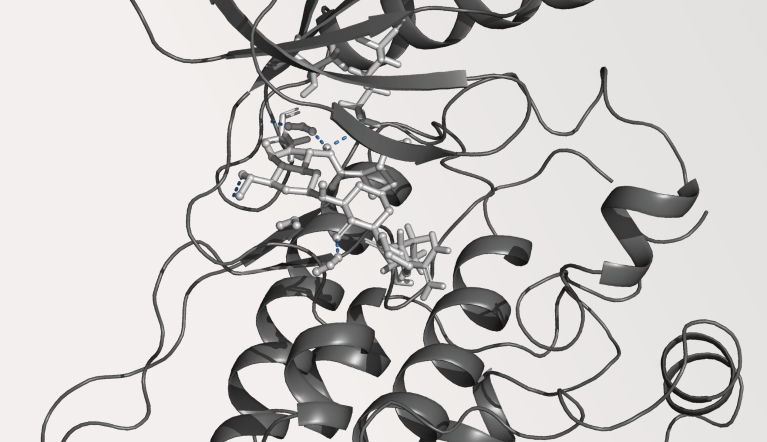 Case Study
Life Science
Case Study
Life Science
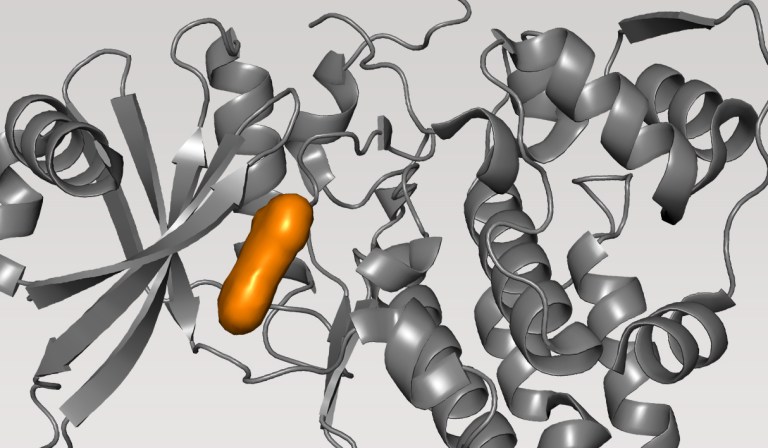 Case Study
Life Science
Case Study
Life Science
Documentation
- Documentation
Learning Path: Oligonucleotide Modeling
A structured overview of tools and workflows for nucleic acids in drug discovery.
- Documentation
WaterMap
Efficiently converged MD simulations are run with explicit water molecules, and resultant trajectories are analyzed to cluster hydration sites.
- Documentation
SiteMap
Identify binding sites, including allosteric binding sites and protein-protein interfaces, and evaluate their druggability.
Events
 Event
Life Science
Event
Life Science
- Sep 30th – Oct 2nd, 2025
Festival of Biologics Basel 2025
Schrödinger is excited to be participating in the Festival of Biologics 2025 conference taking place on September 30th – October 2nd in Basel, Switzerland.
 Event
Materials Science
Event
Materials Science
- Oct 1st-2nd, 2025
Simulation World Detroit
Schrödinger is excited to be participating in the Simulation World Detroit conference taking place on October 1st – 2nd in Plymouth, Michigan.
 Event
Life Science
Event
Life Science
- Oct 1st-3rd, 2025
Structure-Based Drug Design Conference 2025
Schrödinger is excited to be participating in the Structure-Based Drug Design Conference 2025 taking place on October 1st – 3rd in Sestri Levante, Italy.
Training Videos
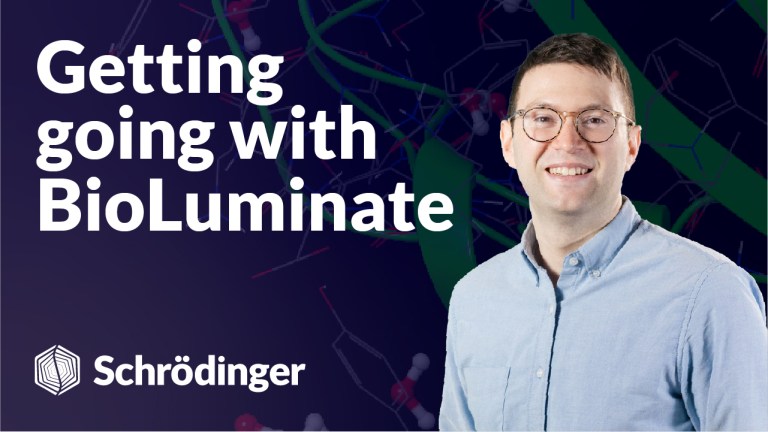 Video
Life Science
Video
Life Science
Getting Going with Maestro BioLuminate
A free video series introducing the basics of using Maestro Bioluminate.
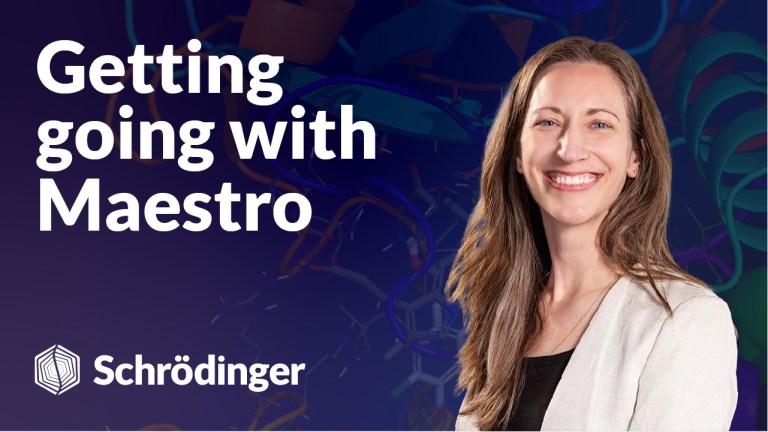 Video
Life Science
Video
Life Science
- Video
Introducing Ligand Designer
An overview of the LigandDesigner workflow, Editing in 2D and 3D, using display options and overlays, and accessing the Admin Panel.
Publications
- Publication
- Aug 27, 2025
Knowledge and structure-based drug design of 15-PGDH inhibitors
Dodda LS, et al. J. Med. Chem., 2025- Publication
- Aug 8, 2025
Optimizing drug design by merging generative AI with a physics-based active learning framework
Filella-Merce I, et al. Commun Chem, 2025, 8 , 238- Publication
- Jul 8, 2025
Enabling in-silico Hit Discovery Workflows Targeting RNA with Small Molecules
Chopra, et al. J Chem Inf Model, 2025, 1, 40626899Quick Reference Sheets
- Quick Reference Sheet
GlideMap
A one-page guide to using the GlideMap GUI for ligand placement guided by experimental density.
- Quick Reference Sheet
Synthesis Queue LiveReport
Use Freeform columns to track the status of compounds in a synthesis queue.
- Quick Reference Sheet
Modeling Queue LiveReport
Learn how to use Freeform columns and an Auto-Update Search to create compound progression workflows.
Tutorials
- Tutorial
Structure-Based Virtual Screening using Glide
Prepare receptor grids for docking, dock molecules and examine the docked poses.
- Tutorial
Ligand Binding Pose Prediction for FEP+ using Core-Constrained Docking
Generate starting poses for FEP simulations for a series of BACE1 inhibitors using core constrained docking.
- Tutorial
Antibody Visualization and Modeling in BioLuminate
Visualize, build, and evaluate antibody models, analyze an antibody for various characteristics, dock an antigen to an antibody.
Webinars
 Webinar
Life Science
Webinar
Life Science
- Oct 8, 2025
Structure-based discovery of highly potent dihydroorotate dehydrogenase inhibitors for once-monthly malaria chemoprevention
In this webinar, Zhe Nie, medicinal chemist and project leader at Schrödinger, and Margaret Phillips, professor at UT Southwestern Medical School, Dallas, will be in conversation sharing how their teams worked collaboratively towards the discovery of novel DHODH inhibitors.
 Webinar
Life Science
Webinar
Life Science
- Sep 24, 2025
Schrödinger デジタル創薬セミナー: Into the Clinic ~計算化学がもたらす創薬プロセスの変貌~ 第19回
Computational strategies for discovering and optimizing RNA- and DNA-targeting molecules
 Webinar
Life Science
Webinar
Life Science
- Sep 23, 2025
Building stable and accurate FEP models for agonist affinity for GPCRs
In this webinar, Ferran Planas will discuss how the team at Lundbeck routinely uses FEP to predict binding affinities for GPCR agonists.
White Papers
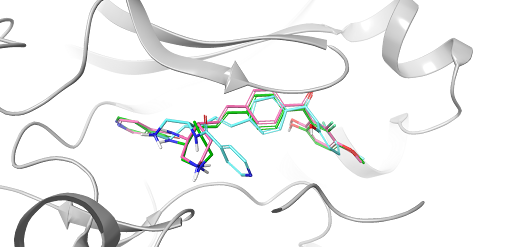 White Paper
Life Science
White Paper
Life Science
- Oct 29, 2024
20 Years of Glide: A Legacy of Docking Innovation and the Next Frontier with Glide WS
Glide has long set the gold standard for commercial molecular docking software due to its robust performance in both binding mode prediction and empirical scoring tasks, ease of use, and tight integration with Schrödinger’s Maestro interface and molecular discovery workflows.
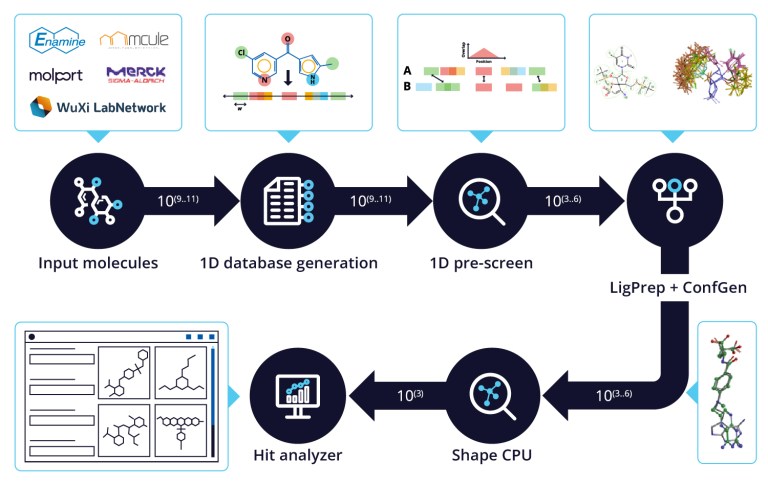 White Paper
Life Science
White Paper
Life Science
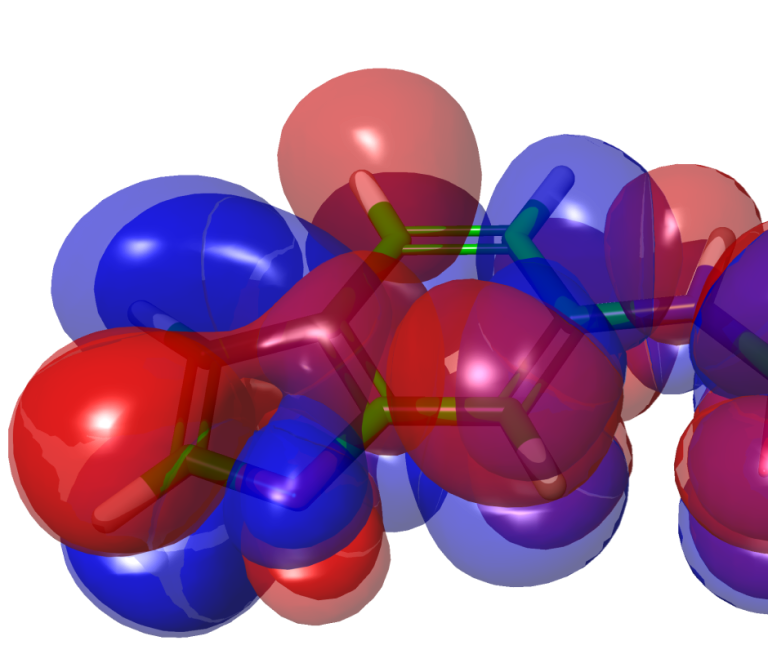 White Paper
Life Science
White Paper
Life Science

Latest insights from Extrapolations blog
Training & Resources
Online certification courses
Level up your skill set with hands-on, online molecular modeling courses. These self-paced courses cover a range of scientific topics and include access to Schrödinger software and support.
Free learning resources
Learn how to deploy the technology and best practices of Schrödinger software for your project success. Find training resources, tutorials, quick start guides, videos, and more.
